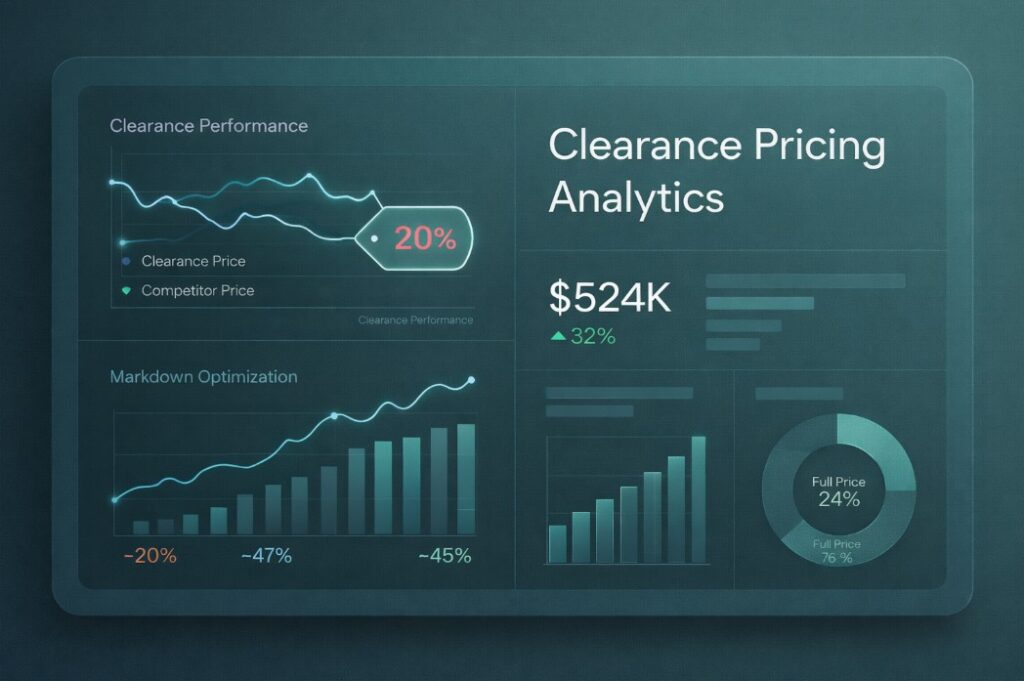- Product
- Solution for
For Your Industry
- Plans & Pricing
- Company
- Resources
For Your Industry
Ecommerce has revolutionized the way we shop, and pricing is a critical factor in determining a business’s success. As technology continues to advance and consumer expectations evolve, the landscape of ecommerce pricing is undergoing significant transformation. This article explores some of the emerging trends and opportunities in this dynamic field.

Dynamic pricing, which involves adjusting prices in real-time based on various factors like demand, competition, and customer behavior, is becoming increasingly prevalent in ecommerce. By leveraging data analytics and machine learning, businesses can optimize their pricing strategies to maximize revenue and profitability.
Example: A popular online retailer uses dynamic pricing to adjust the price of a popular product based on the time of day and the number of available units. When demand is high, the price may increase slightly to maximize revenue. However, when demand is low, the price may be reduced to attract more customers.
Personalized pricing, also known as one-to-one pricing, tailors prices to individual customers based on their unique characteristics, purchase history, and perceived value. This approach can help businesses capture additional revenue from high-value customers while maintaining competitive pricing for others.
Example: A subscription-based streaming service may offer different pricing tiers based on the customer’s viewing habits and device usage. Customers who frequently watch high-definition content or use multiple devices may be charged a premium, while customers who watch less frequently or use a single device may be offered a discounted rate.
Subscription-based pricing models have gained significant traction in recent years, offering customers continuous access to products or services for a recurring fee. This model can provide a steady stream of revenue and foster long-term customer relationships.
Example: A popular online retailer offers a subscription service for their clothing line. Subscribers receive exclusive discounts, early access to new products, and free shipping. This subscription model helps to create a loyal customer base and generate recurring revenue.
Value-based pricing focuses on the perceived value of a product or service to the customer rather than its cost of production. By understanding customer needs and preferences, businesses can justify premium pricing for products that offer unique benefits or solve important problems.
Example: A luxury watchmaker may charge a premium price for their watches, emphasizing the quality of the materials, craftsmanship, and brand heritage. This value-based pricing strategy helps to justify the high price and attract customers who are willing to pay a premium for a luxury product.
Blockchain technology can revolutionize ecommerce pricing by providing a transparent, secure, and immutable record of transactions. Smart contracts can automate pricing rules and ensure fair and efficient pricing practices.
Example: A decentralized marketplace for digital goods may use smart contracts to automatically adjust prices based on supply and demand. This ensures fair pricing and prevents price manipulation by individual sellers.
The proliferation of price comparison platforms has empowered consumers to easily compare prices across multiple retailers. This has increased competition and forced businesses to adopt more competitive pricing strategies.
Example: A retailer may offer free shipping or return policies as a way to differentiate themselves from competitors and attract customers.
Economic fluctuations, such as inflation and recession, can significantly impact consumer spending habits and pricing strategies. Businesses need to be agile and responsive to these changes to maintain profitability.
Example: During a recession, a retailer may offer discounts or promotions to stimulate demand and maintain sales.
The future of ecommerce pricing is filled with exciting possibilities and challenges. By embracing emerging trends like dynamic pricing, personalized pricing, subscription-based models, value-based pricing, blockchain technology, price comparison platforms, and navigating economic uncertainty, businesses can stay ahead of the curve and create sustainable pricing strategies that drive growth and profitability.













Missing an important marketplace?
Send us your request to add it!